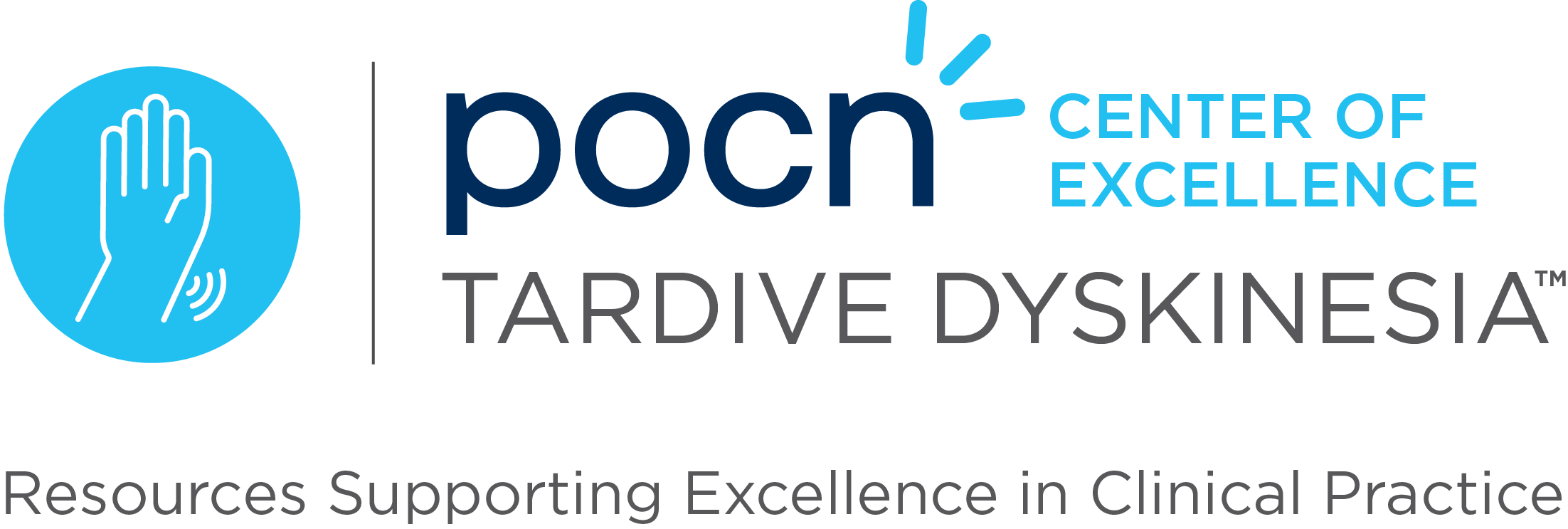Tardive dyskinesia (TD) is underrecognized in Japan, partly due to cultural stigma and limited awareness among healthcare professionals. Early diagnosis is challenging, as TD may resemble other movement disorders, and it is often irreversible. Prevention remains the most effective strategy, emphasizing the use of second-generation antipsychotics, the lowest effective doses, and avoiding prolonged drug exposure.
Management of TD includes modifying antipsychotic treatment, such as dose reduction or switching to SGAs, which have been linked to reduced TD severity. New treatments, including vesicular monoamine transporter 2 (VMAT-2) inhibitors like valbenazine, have shown promising results for treating moderate to severe TD. However, the condition remains difficult to treat, with limited pharmacological interventions available. Guidelines for managing TD emphasize prevention, careful monitoring, and early intervention to improve patient outcomes. The approval of VMAT-2 inhibitors in Japan is expected to improve treatment options and increase awareness of TD, providing new hope for patients with this debilitating disorder.
Reference: Takeuchi H, Mori Y, Tsutsumi Y. Pathophysiology, prognosis and treatment of tardive dyskinesia. Ther Adv Psychopharmacol. 2022;12:20451253221117313. doi: 10.1177/20451253221117313.


